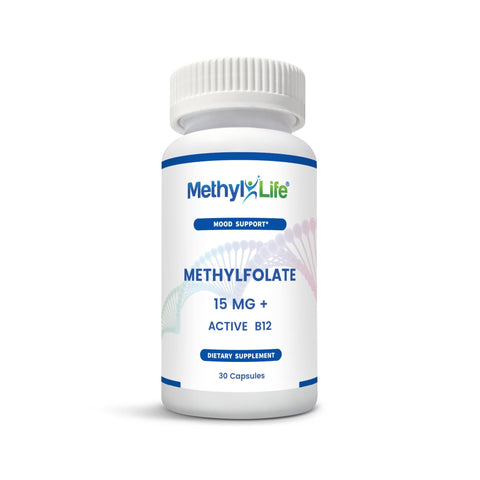What is the difference between sadness and depression?
Sadness is a normal emotion that we all feel from time to time. It is described by psychologists as an emotional expression of grief, unhappiness, loss, hopelessness, helplessness, or sorrow.1
Sadness can also be experienced alongside feelings of loneliness, rejection, disappointment, and dissatisfaction.2
Sadness is a normal response to distressing and discouraging life events, such as a life change, illness, loss, or relationship difficulties. You may also feel sad after watching an emotional movie or hearing a certain song. In all cases, sadness is usually temporary.
Depression, on the other hand, is a mental illness that impacts your thoughts, behaviour, and daily functioning. Although one of the core features of depression is sadness, not everyone who feels sad meets the criteria for major depressive disorder.3
Depression is diagnosed according to the criteria outlined in the DSM-5 (Diagnostic and Statistical Manual of Mental Disorders). These criteria include4:
- Depressed mood and sadness for most of the day for a minimum of two weeks
- Loss of interest or pleasure in activities previously enjoyed
- At least five other changes in behaviour, including significant weight loss or gain, sleeping too much or too little, restlessness or slowed movements, fatigue or loss of energy, feelings of worthlessness or excessive guilt, diminished concentration, and recurrent thoughts of death or suicide.
- These changes must cause significant distress or impairment in your day-to-day life.
Depression may have many causes, including biological, genetic, social, and environmental. It is most commonly attributed to an imbalance of neurotransmitters - particularly serotonin - in the brain. However, recent theories suggest that depression may result from disruptions to certain neurotransmitter systems. Severe stress, life events and reduced levels of GABA may also play a role in the onset of depression.















